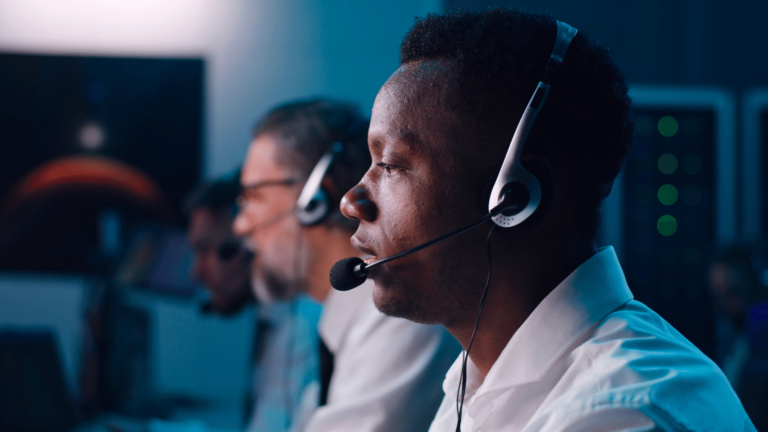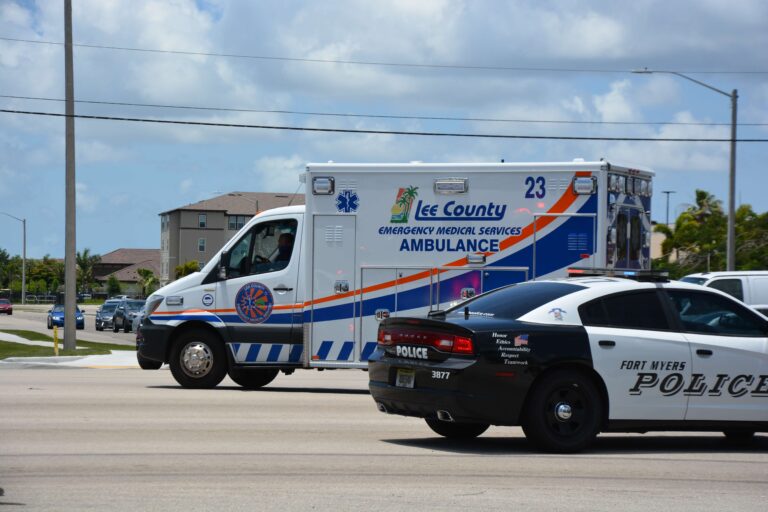While telemedicine has been a critical player in the healthcare industry for decades now, a new type of telemedicine service designed specifically for first responders has emerged. 9-1-1 initiated telemedicine works by offering telemedicine services for low acuity patients as callers dial into 9-1-1. The service can have several health benefits for patients while reducing associated costs. Learn how 9-1-1-initiated telemedicine can enhance your city’s bottom line.
Enabling a Virtual Response Tier
There are countless stories in the news about increasing wait times when callers dial into 9-1-1 systems. From Austin to Portland, emergency call centers are overburdened, and cities are actively looking for solutions to reduce call times and open up staffing resources. 9-1-1 initiated telemedicine allows cities to activate a virtual response tier through telemedicine. In using 9-1-1-initiated telemedicine, dispatchers follow a series of protocols to determine the caller’s acuity level and, if appropriate, can connect a patient to telemedicine services from 9-1-1. As a result, callers receive access to telemedicine services, and dispatchers and emergency personnel can focus on those higher-acuity calls. Opening up a virtual response tier can shorten call wait times, increase caller satisfaction, and allow callers to connect with various services that typically wouldn’t be included in a traditional 9-1-1 service setting.
Expanding the Scope of Public Safety Services
9-1-1 initiated telemedicine also offers additional scope beyond traditional public safety services. For example, many callers dial 9-1-1 because they do not have a dedicated primary care physician, a way to arrange transport, or need social services access. 9-1-1-initiated telemedicine can connect callers to these types of services, including mental health care, prescription refills, physician access, and social service offices. In addition, these services allow for greater interconnectivity between local agencies that can triage caller needs and offer new services that callers may not otherwise have had access to. In the long term, cities can benefit from these expansions by seeing fewer calls, increased usage of local services, and improved social determinant of health factors such as access to housing, mental health resources, and more.
Reducing Costs & Personnel Burnout
By redirecting low acuity patients to 9-1-1-initiated telemedicine, cities can save on costs related to on-scene transport, such as fuel, vehicle maintenance, and supplies. There are also long-term cost-savings benefits associated with directing low-acuity patients into appropriate care – whether that be mental health treatment or housing agencies. After battling multiple years with a pandemic, staff shortages, and more, it’s no surprise that over 50% of frontline EMS staff say they are battling burnout. 9-1-1-initiated telemedicine can help alleviate some of the burnout crews face from an influx of calls by allowing crews to focus on only high-acuity patient cases. In addition, cities may provide immediate relief to crews by implementing a 9-1-1-initiated telemedicine system.
Bringing 9-1-1-Initiated Telemedicine to Your City
9-1-1-initiated telemedicine can bring a bevy of benefits to your city, including cost reduction, decreased burnout, and improved patient care and satisfaction. MD Ally delivers 9-1-1-initiated telemedicine that works within existing protocols and provides your communities with a new layer of response care. Learn more about how MD Ally can bring your city to the forefront of telemedicine.





